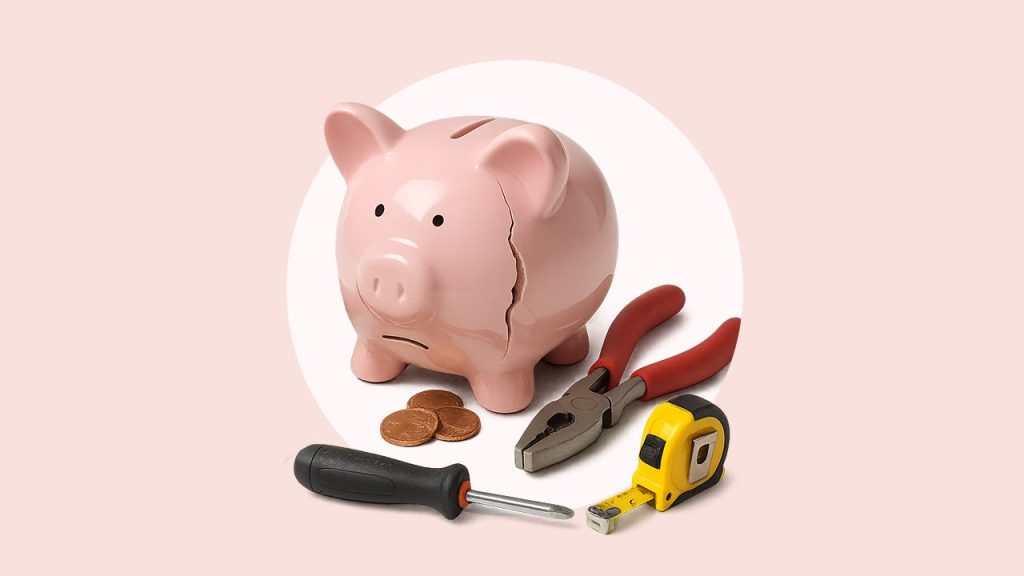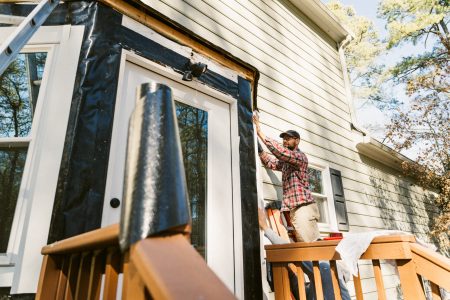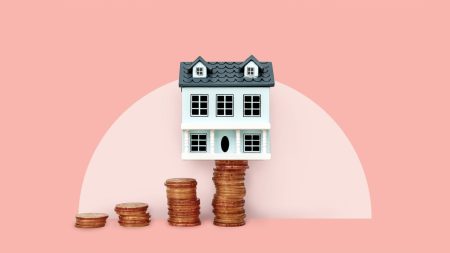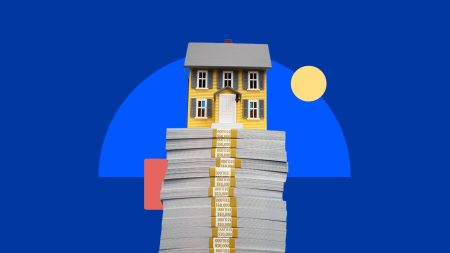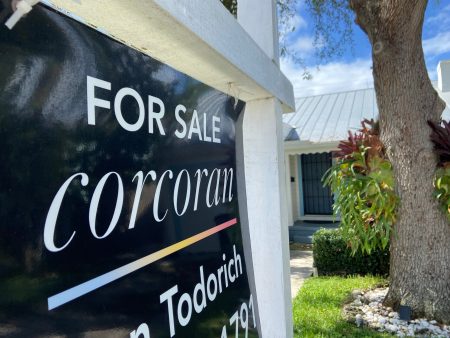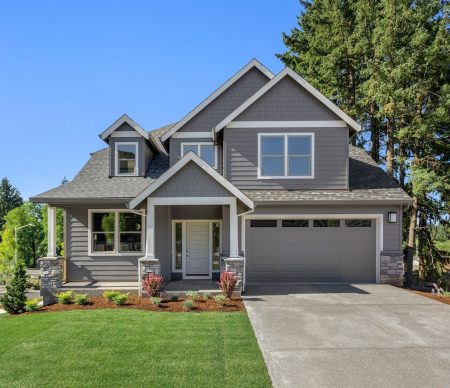Even as home price appreciation has slowed down, affordability has gotten worse, especially for first-time homebuyers. As has often been noted, a slower rate of price appreciation doesn’t mean that prices are going down; it just means they’re going up more slowly.
The Federal Reserve Bank of Atlanta estimates that homebuyers needed a median income of over $126,000 to afford a median-priced home in June, while the actual median income in the U.S. was a bit over $79,000 — a gap of almost $47,000.
In times like these, when prospective buyers are looking for some way to find an affordable house, one option often considered is to purchase a fixer-upper at a lower price and do the work needed to repair or remodel the property. Or to buy a foreclosure property that’s been rehabbed by a fix-and-flip investor. Unfortunately, there’s some bad news on those fronts as well.
Repair and remodeling costs are skyrocketing
According to the Verisk Q1 2025 Repair & Remodel Index, the cost of home repairs and remodeling have risen by around 4 percent in the past year — but over the course of the past decade, those costs are up a whopping 61 percent.
Repair and remodeling costs had been rising anyway when supply-chain disruptions during the COVID-19 pandemic caused prices to spike in 2021. Then, the U.S. inflation rate jumped to 9 percent in 2022 — the highest inflation rate in over 40 years — causing these costs to go up even further. According to the Verisk report, price increases have been steadily growing since then (but at a slower rate, as supply chain issues were resolved and the rate of inflation has declined).
The Verisk report also noted that most of the recent price increases appear to be due to higher labor costs, which now account for almost 60 percent of the cost of repair and remodeling projects. And the types of projects that had the highest quarterly cost increase — replacing vinyl windows, garage doors and tile flooring — are among the most labor-intensive.
Aging housing stock drives repair activity
America’s housing stock is aging rapidly. According to a 2025 report from the Joint Center for Housing Studies of Harvard University, the median age of an owner-occupied U.S. home in 2023 was 42 years old. That means repairs, updates and ongoing maintenance were necessities for millions of homeowners.
Total spending for this work increased to a record $611 billion in 2022, driven in part by homeowners making pandemic-related modifications to their properties. According to the Harvard report, that figure is expected to remain over $600 billion through 2025.
Stats from Harvard’s “Improving America’s Housing 2025” report
-
About $405 billion was spent on repairs to the aging housing inventory in 2023, a 54 percent increase from pre-pandemic expenditures in 2019.
-
Almost half of that (49 percent) was spent on necessary replacement projects such as windows, roofing and heating/cooling systems.
-
Another 30 percent was dedicated to kitchen and bath remodels and room additions.
-
The share of homeowners with at least one home-improvement project was at an all-time high of 29.7 percent — that’s nearly 26 million households.
A lot of this work has to do with a population of homeowners who are aging along with their homes. Baby boomers own 37 percent of homes across the country, and they are spending more money on repairs and remodeling projects to enable themselves to age in place instead of downsizing, as previous generations did. The Harvard study noted that homeowners aged 65 and older virtually doubled their aggregate share of home-improvement spending from 2003 to 2023.
Are tariffs to blame?
What’s driving these price increases?
In the Verisk report, VP Greg Pyne noted that, thus far into the Trump administration, material prices have remained fairly stable and labor costs have increased only slightly. “We haven’t seen panic buying from contractors or investors concerned about the impact tariffs might have on future costs, or labor rates being driven up by stricter enforcement of immigration policies,” Pyne said. “But given how many core materials are imported, and how big a part of the construction labor force is made up of immigrants, these are two trends we’ll be watching closely in the months ahead.”
“We see a lot of people hiding behind the tariffs as an excuse to raise prices,” said Tony Diaz, the founder and CEO of Flip IQ and a 30-year veteran in the fix-and-flip market. While he acknowledges that his “average Home Depot bill for a rehab has increased from $18,000 to $28,000” since the end of the pandemic, the reality, he suggests, is a bit more nuanced — and a bit more complicated.
Some product prices were going up even before tariffs were announced. For example, Harvard notes that in the third quarter of 2024, the prices of lumber and plywood were up 21 percent from 2019, and prices for glass, tile and cement were between 26 and 36 percent higher. Prices for insulation, gypsum (used in drywall) and plastic construction products rose even more rapidly, and were up to 50 percent higher than they were in 2019.
But Diaz sees a lot of the increases coming from higher labor costs. The average cost for what he refers to as “paint and carpet” work for the typical 1970s-era 2-bedroom/2-bathroom, 2,000-square-foot Southern California home (which comprises most of his inventory) has jumped from $28,000 to $38,000, he says. Most of this increase is due to labor shortages, which have been exacerbated by the Trump administration’s immigration policies.
These increased costs, coupled with a slowdown in home sales, have convinced Diaz to pause his investments for the time being, rather than risk being saddled with inventory he can’t sell at a profit. He suspects other investors are doing likewise, which ultimately means fewer rehabbed properties being brought to market — yet another blow to first-time buyers looking for affordable homes.
The bottom line is a higher bottom line
Homebuyers looking to purchase a fixer-upper or a rehabbed foreclosure home need to factor in the increased costs of materials and labor before jumping at what looks like a bargain property. While buying one of these homes may seem like a great deal at the outset, it’s important to factor in how much it will really cost to convert a property into the home of your dreams without risking an unexpected financial nightmare.
Why we ask for feedback
Your feedback helps us improve our content and services. It takes less than a minute to
complete.
Your responses are anonymous and will only be used for improving our website.
Help us improve our content
Read the full article here



